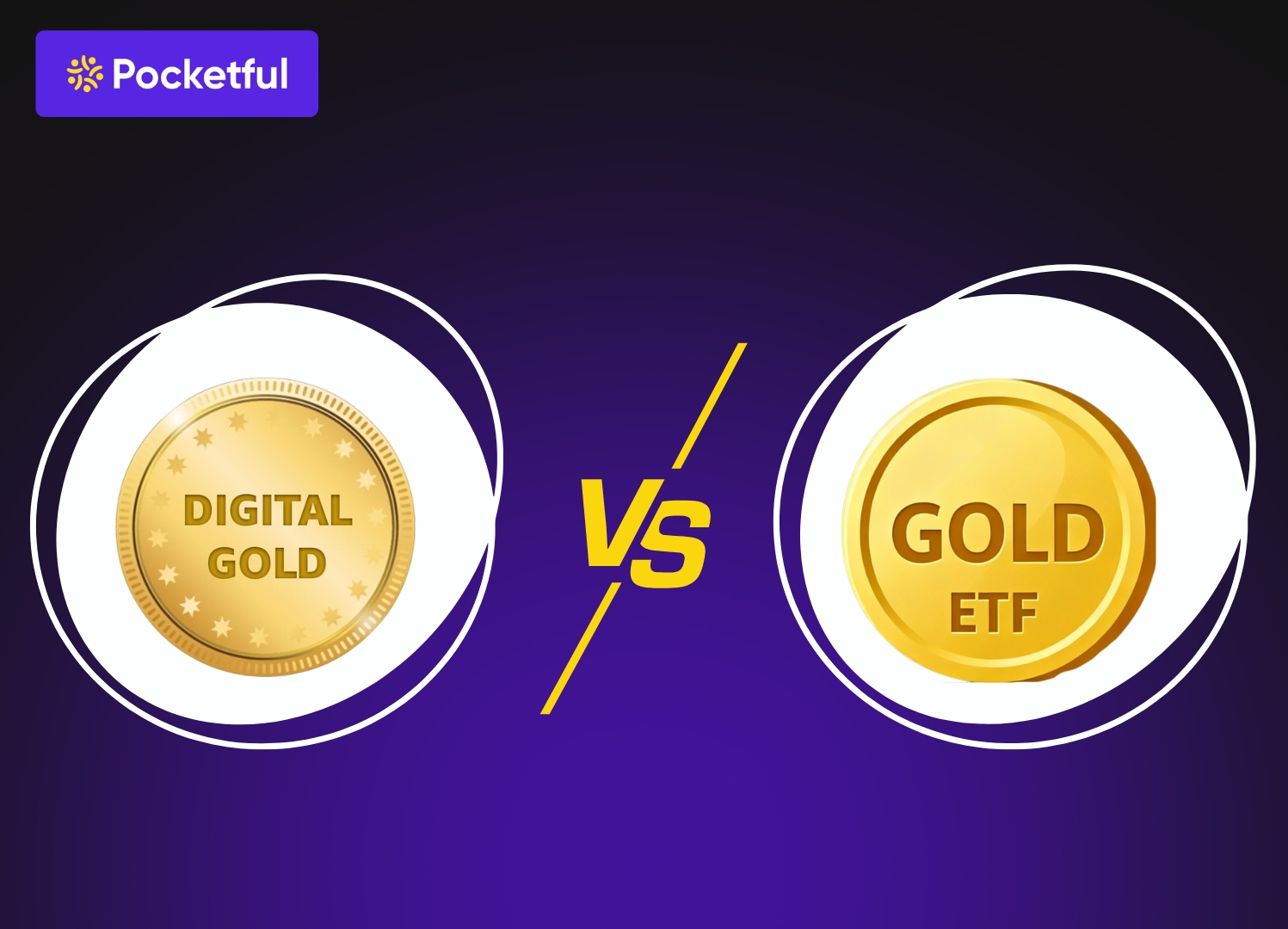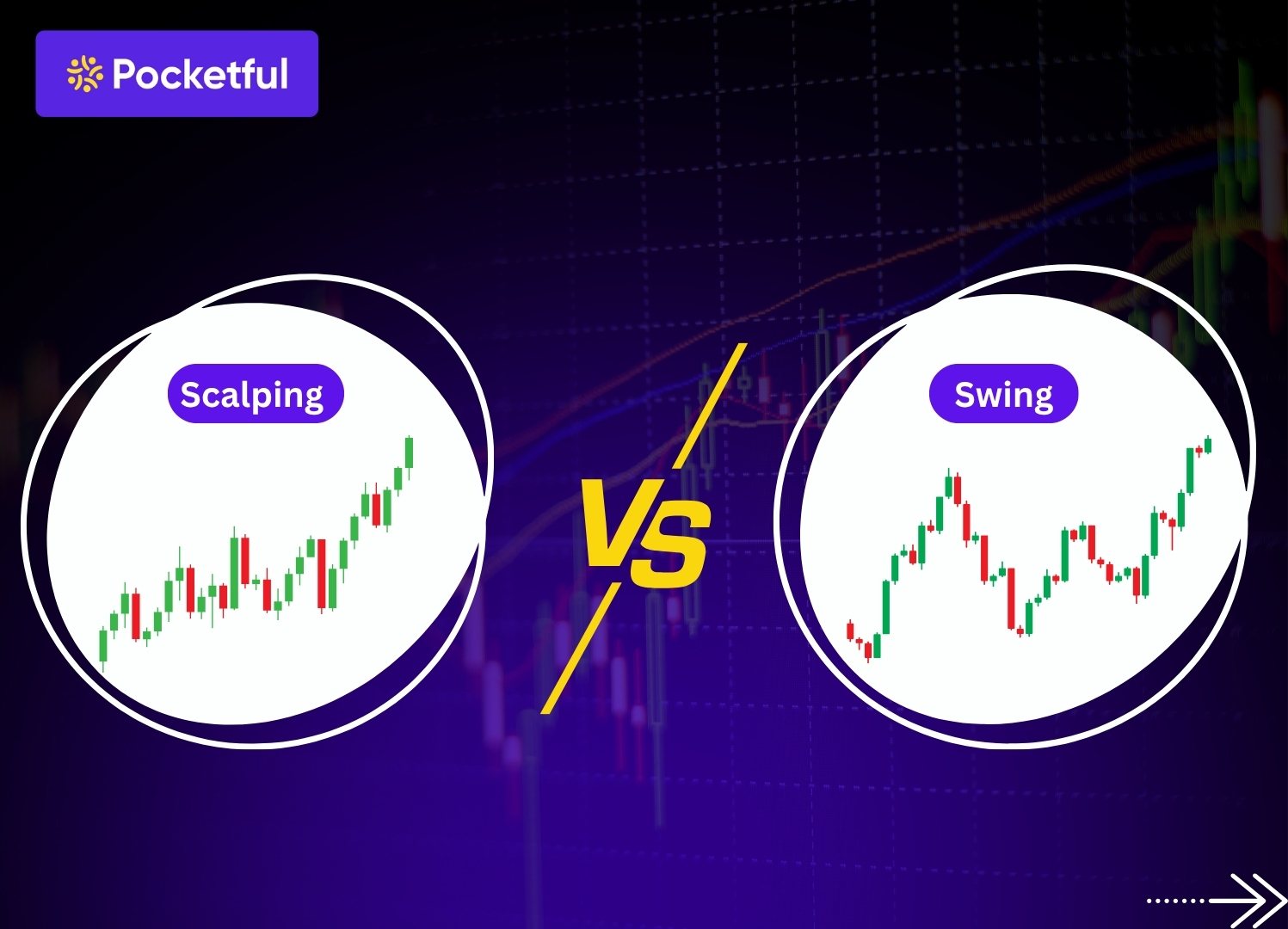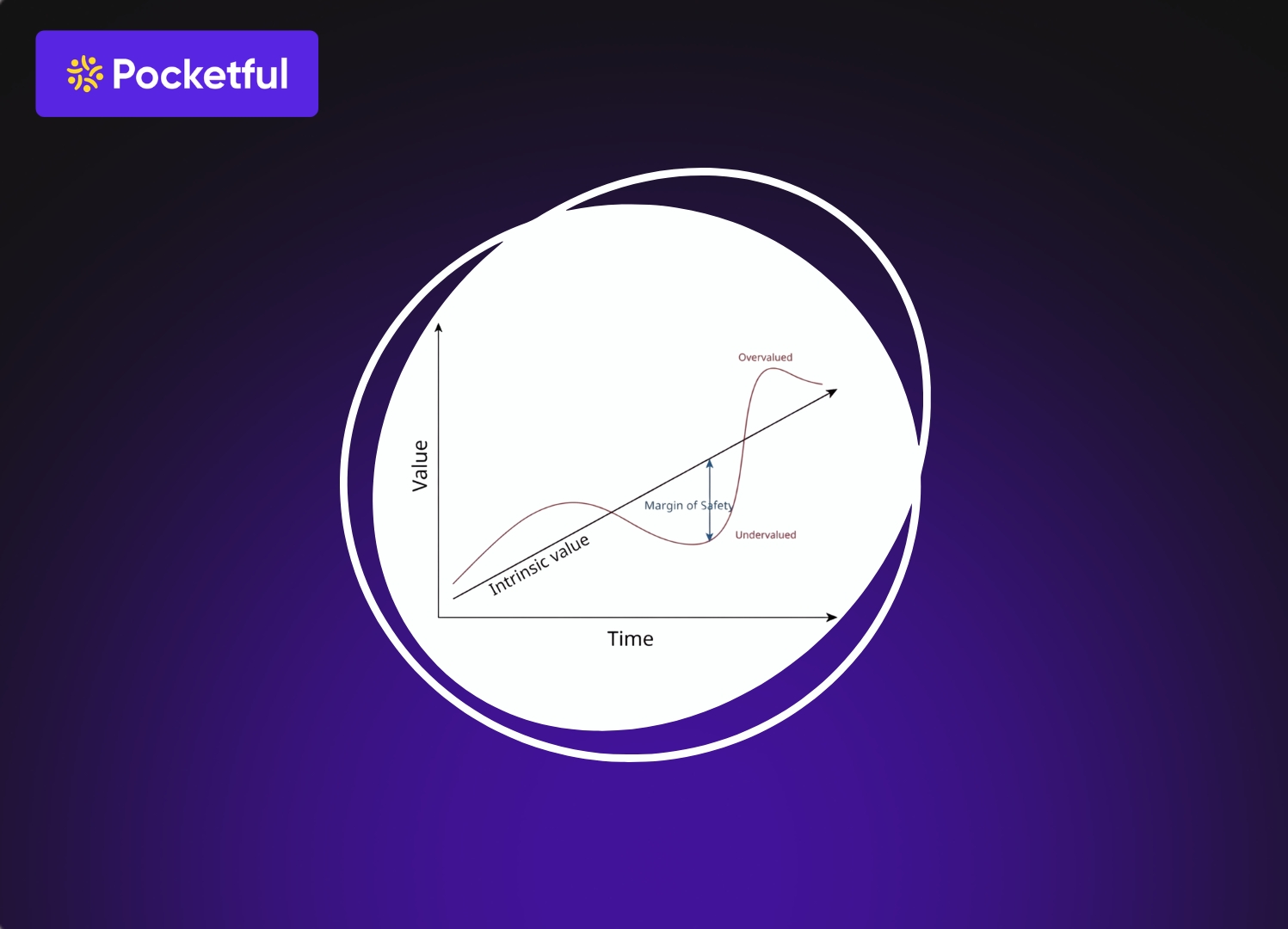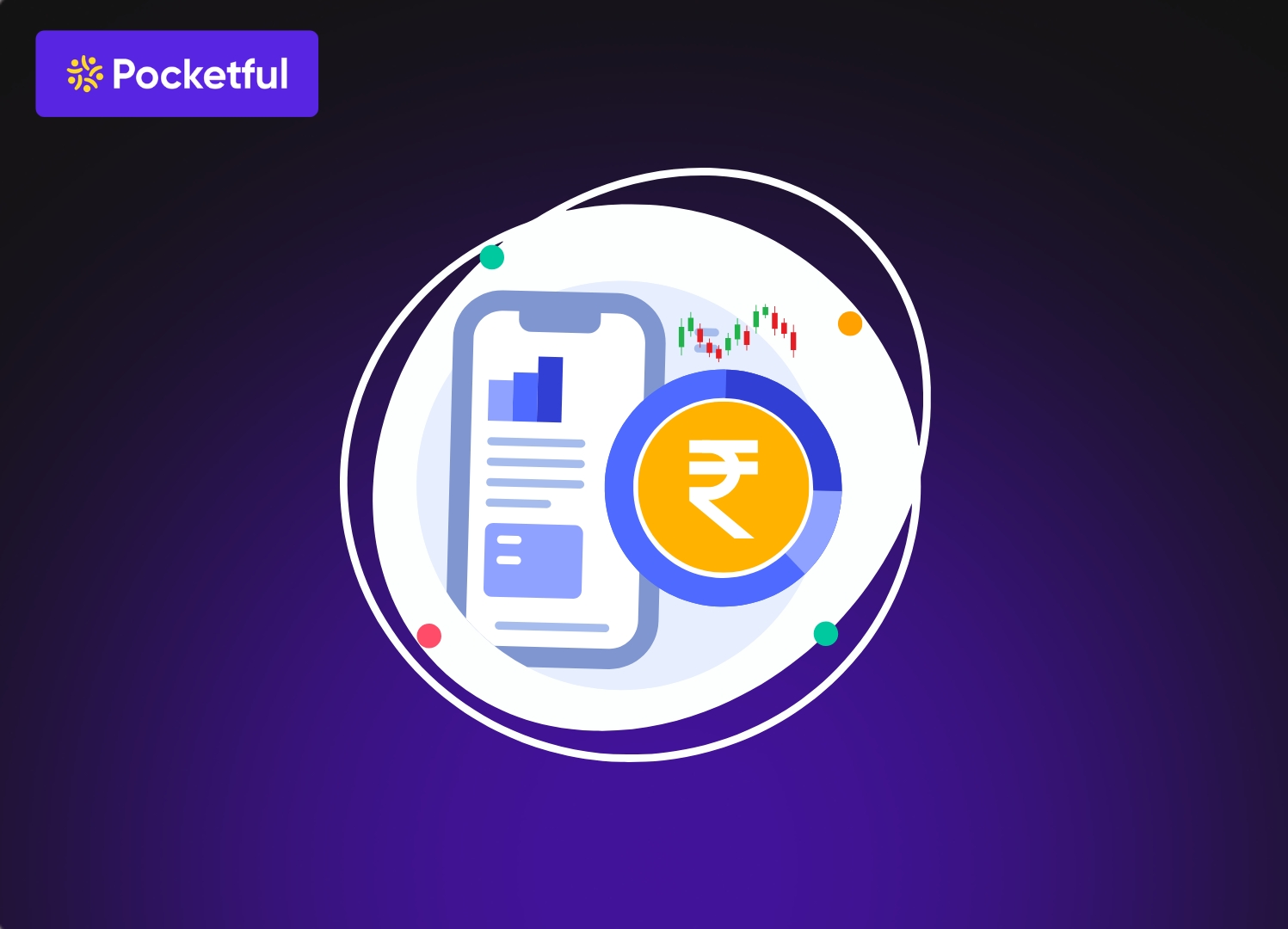As a trader, you need to ensure that you have fulfilled proper margin requirements. But have you ever wondered what would happen if the margin is not appropriate for completing your trade? Well, that can be one really stressful situation for any trader. This is exactly where peak margin rules come into play.
Defined by SEBI, it is the highest margin that you need on any day to ensure that your trades are covered. While this improves market safety and reduces risks for brokers, it also impacts how you plan intraday and delivery trades.
Understanding peak margin rules is crucial to avoid unexpected trade rejections or penalties in your daily trading journey. So, let us explore the detailed concept of what is peak margin and why you should understand this here.
What is Peak Margin
Peak margin is the maximum margin you need at any point during the trading day. It applies to all your open positions. It can be either intraday or carry-forward.
Under SEBI peak margin rules, brokers take multiple random snapshots of your positions during the day. This is usually at least four times. The highest margin requirement among these snapshots becomes your peak margin for that day.
Doing so ensures that traders have enough money to cover their largest exposure without fail.
Features of Peak Margin
- Calculated based on the highest margin requirement during the trading day.
- Determined using multiple random snapshots, usually 4, taken during the day.
- Applies to both intraday and carry-forward positions.
- Ensures traders maintain sufficient funds at all times, not just at day-end.
- Aims to reduce excessive leverage in the market.
- Promotes better risk management and market stability.
To simplify, peak margin ensures you’re always ready to support your biggest trade, promoting better risk management and market stability.
Read Also: What is Stock Margin?
How is Peak Margin Calculated?
To determine the peak margin, SEBI has defined a simple yet strict process to ensure market safety and discipline.
Here’s how it works:
- Four random snapshots of your trading positions are taken by the clearing corporation throughout the trading day.
- For each snapshot, the margin requirement is calculated based on your positions at that specific time.
- The highest margin requirement among these four snapshots is identified and designated as your peak margin for the day.
Now that you know this, next you need to understand the breakdown of the margin calculation. This is mainly for the two types of trades that are under consideration. This includes:
- For equities: Margin = VAR (Value at Risk) + ELM (Extreme Loss Margin).
- For derivatives (F&O): Margin = SPAN margin + Exposure margin.
Example
Suppose your four snapshots show margin requirements of ₹25,000, ₹31,250, ₹12,500, and ₹18,750.
Here, ₹31,250 is your peak margin for that day as it is the highest among all snapshots.
This process ensures that you maintain enough funds to cover your maximum exposure during the day, not just at the end. If your margin falls below the peak margin needed, there is a chance that you will need to pay a penalty.
Latest SEBI Peak Margin Rules: 2022–2025 Updates
Understanding recent updates is crucial for traders to avoid penalties and plan better. Here’s a clear overview of the new SEBI peak margin rules and how they impact your trading experience:
1. Introduction of BOD-Based Calculation
SEBI’s updated framework mandates brokers to calculate peak margin based on the Beginning of Day (BOD) rates. Your margin requirement is assessed at the start of the trading day. Once done, this will remain stable throughout and will not be affected by intraday price movements.
2. Single Snapshot Calculation
Previously, brokers took multiple snapshots during the day to determine the highest margin requirement. Now, only one calculation is done before market opening, reducing compliance burden and penalties for brokers.
3. Stable Margin Requirement
Your margin stays constant for the entire trading session. Even if market volatility increases margin needs later in the day, you won’t face a shortfall penalty if you maintain your BOD margin.
4. Impact on Traders
- Cash Segment: Minimal impact as margins remain steady.
- Derivatives Segment: Major benefit as margins don’t rise unexpectedly during the day, reducing penalty risks.
5. Improved Broker Compliance and Market Stability
These changes have reduced the frequency of margin evaluations. At the same time, this has helped improve transparency. It has also helped brokers manage resources more efficiently. All this perfectly aligns with Indian markets and global risk management standards.
Impact of Peak Margin on Traders
Understanding the impact of peak margin rules is essential for planning your trades effectively. Here’s how these rules affect different types of traders:
1. Intraday Traders
Intraday traders face reduced leverage due to the peak margin requirement. Earlier, brokers offered higher leverage for intraday trades. Now, traders need to maintain a 100% upfront margin, limiting their ability to take large positions with small capital.
2. Derivatives Traders
For derivatives traders, peak margin rules have brought mixed impacts. Initially, multiple snapshot-based calculations increased penalties due to sudden market volatility. However, with the BOD-based calculation, the margin remains stable, reducing unexpected penalties and ensuring smoother trading.
3. Overall Trading Strategy
Peak margin rules encourage traders to plan better and maintain sufficient funds throughout the day. This reduces speculative trading, enforces discipline, and promotes safer market practices.
4. Broker Operations
Brokers benefit greatly from these rules. The SEBI margin updated rules reduce the compliance burden of multiple margin evaluations. It ensures better risk management for brokers and exchanges. This enhances the overall market stability.
Read Also: What is MTF (Margin Trading Facility)?
Impact of Peak Margin on Trading Strategies
The introduction of peak margin rules has significantly influenced how traders plan their market activities. Here’s how your trading strategies are affected:
1. Reduced Leverage-Based Strategies
Earlier, traders could use high leverage for intraday trades with minimal upfront margin. Now, with SEBI peak margin rules requiring 100% upfront margin, leverage-based quick entry-exit strategies are restricted, reducing profit opportunities from small capital.
2. Limited Scalping Opportunities
Scalping, involving multiple quick trades for small profits, is now challenging as traders must maintain peak margin for each position, increasing capital requirements and reducing returns per capital deployed.
3. Shift to Positional Trading
Many traders are shifting focus from intraday to positional or swing trading, as these require similar margin commitments but potentially offer better returns over time under the SEBI margin rules update.
4. Improved Risk Management
These changes have enforced discipline. All these ensure traders plan what is a peak margin requirements are in advance. This will help allocate capital better and set strict stop-losses. All these will lead to healthier trading practices.
5. Strategy Optimization
Traders are optimising strategies to adapt, including smaller position sizing and longer holding periods to comply with peak margin rules effectively.
Advantages and Limitations of Peak Margin
Understanding both the positives and challenges of peak margin rules helps traders plan better. Here are the top pros and cons that you must know as a trader:
Advantages
- Stronger Risk Management: Peak margin ensures traders always have enough funds to cover their trades. This reduces the default risks and makes markets safer.
- Market Stability: By limiting excessive leverage, SEBI peak margin rules promote disciplined trading and enhance overall market stability.
- Clear Compliance Framework: With structured margin requirements, brokers and traders now follow a clear compliance process, reducing confusion and disputes.
Limitations
- Reduced Trading Leverage: Intraday traders, who depended on high leverage earlier, now need to maintain full upfront margins. This can limit their ability to take large positions with small capital.
- Higher Capital Requirement: When you try to keep the margin, there is a chance that your funds will be engaged. This makes high-frequency strategies like scalping less viable.
- Lower Flexibility: Traders lose the flexibility to top up margins later in the day. This requires better capital planning before placing trades.
Read Also: What is SPAN & Exposure Margin?
How to Comply with Peak Margin Rules
Complying with peak margin rules is essential to avoid penalties and ensure smooth trading. Here’s what you can do:
- Ensure that you have the minimum required funds to meet the peak margin needs.
- Never plan excessively for trades that can make it difficult to maintain funds.
- Check the broker app or platform to understand the margin utilization.
- Find the exact margin needed for each instrument.
- Stay updated on any SEBI margin rules updates to stay compliant and aligned.
Conclusion
Understanding peak margin rules is crucial for every trader in today’s market. Knowing these rules will help you not only to make the right trades but also avoid penalties. This will bring in stability and ensure that your trades stay aligned with the market.
By planning your trades, you can ensure that you have sufficient funds. This will help you to trade with confidence. So, are you ready to start your trading journey?
Pocketful helps you track margins, plan trades better, and stay compliant with ease. Start trading smarter with Pocketful today.
Frequently Asked Questions (FAQs)
Is the peak margin applicable to buying and selling options?
Yes, peak margin applies to both buying and selling options. While buyers pay the premium upfront, sellers must maintain the required SPAN and exposure margin as peak margin for their positions throughout the trading day.
Can peak margin requirements change during the day?
Under the new SEBI rules, the margin requirement is locked based on the Beginning of Day (BOD) rate and remains stable during the day, reducing sudden increases due to market volatility.
Do peak margin rules apply to delivery trades?
Yes, peak margin rules apply to delivery trades as well. Traders must maintain a 100% upfront margin for delivery purchases to ensure compliance with SEBI regulations.
How do peak margin rules impact brokers’ operations?
Brokers now have reduced operational burden due to single BOD-based calculations instead of multiple intraday snapshots, improving efficiency and compliance processes.
Are penalties for peak margin shortfall charged to the trader or broker?
While SEBI imposes penalties on brokers for shortfalls, brokers typically pass these penalties to the trader responsible for the margin shortfall, affecting their account directly.










